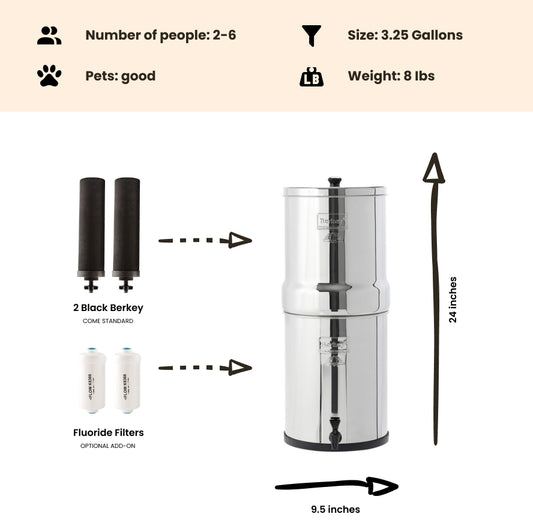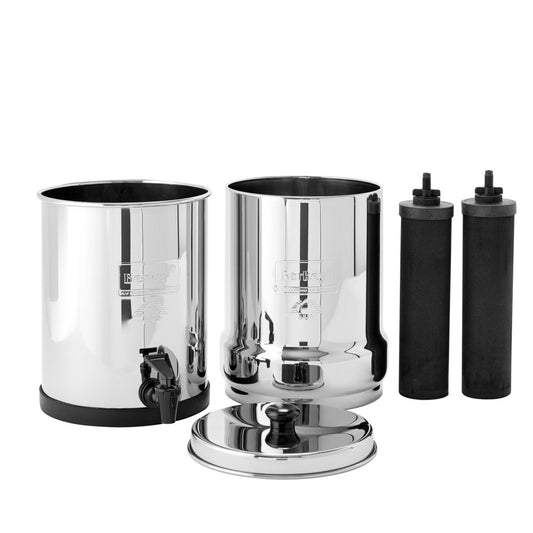
Wastewater Treatment Plants Harmful to River Ecosystems
By Dan DeBaunShare
Wastewater treatment facilities are supposed to remove pollutants from water fouled by human activities, yet the effluent released from water treatment plants is very often a source of a large number of contaminants found in rivers, according to a study recently published in the scientific journal, Freshwater Biology.
Ibon Aristi, a researcher in the department of Plant Biology & Ecology at The University of the Basque Country, Bilbao, Spain, assessed the impact of wastewater effluent from a treatment facility that flowed into the river Segre in Spain by analyzing the response of fluvial communities to pollutants present in the discharged effluent.
Aristi divided the compounds found in the discharged effluent into two groups according to how they affected the rivers ecosystem:
1) Pollutants that increase activity of organisms living in the river.
2) Pollutants that reduce productivity or are otherwise harmful to organisms living in the river.
Group 1 consists of nutrients and organic matter that aquatic dwelling organisms can readily assimilate. These pollutants tend to encourage growth of river organisms and increase their activity. However, according to Aristi, above a certain concentration these pollutants can be toxic, and thus harmful to river organisms. One of the key functions of wastewater treatment plants is to ensure that these pollutants are reduced to acceptable concentrations.
Group 2 on the other hand consist of pollutants that are toxic to river organisms and will harm them even in low concentrations. For this study, the authors focuses on drugs dissolved in the river water.
"We regard them as indicators of all the toxic pollutants, but one has to understand that together with the drugs there is a variety of toxic compounds, such as heavy metals, pesticides and components of soaps, and that it is when they are taken together that they are harmful," explained Aristi. "None of them are removed in the water-treatment plants because these plants are not equipped for that purpose."
The results of the study show that both types of pollutants affect various river organisms. The first group of compounds that are readily assimilated by river organisms influences respiration — the rate at which the organisms process organic matter.
"When the concentration of assimilable compounds increases, respiration also increases," explains Aristi. "Respiration is much greater at the place where the effluent from the water-treatment plants is incorporated than in the upriver stretches, and when it heads downriver, the concentration of assimilable compounds gradually decreases and with it respiration".
The second group of more toxic pollutants tends to affect photosynthesizing organism more.
According to Aristi, these toxic pollutants reduce the rate of plant production, causing it to be much lower than what it should be for the amount of light available — light is an important indicator of production as it is a fundamental requirement for photosynthesis; when light is abundant, plant growth rates increase and plants flourish. Yet, even though light was abundant, productivity in river water that contained wastewater effluent was much lower than it should be considering the light available for growth. "We have also seen that these organisms have activated a mechanism to protect themselves from the stress produced by the toxic substances".
According to Aristi, this research shows that wastewater treatment facilities are not as efficient as they should be, and steps need to be taken to improve their efficiency if we want river communities and river ecosystems to remain healthy.
Aristi concludes that we need to weigh up the pros and cons of maintaining the current situation where there are a lot of small wastewater treatment plants discharging into a river along many stretches, or try a different approach by reducing the number of wastewater treatment plants by constructing larger water treatment facilities that harm fewer stretches of a river. Alternatively we need to consider the possibility of improving the efficiency of wastewater treatment plants, for example by improving filtration to ensure pollutants are removed before effluent is discharged into a river. However, this could be costly says Aristi.
Journal Reference
Ibon Aristi, Daniel von Schiller, Maite Arroita, Damià Barceló, Lídia Ponsatí, María J. García-Galán, Sergi Sabater, Arturo Elosegi, Vicenç Acuña. Mixed effects of effluents from a wastewater treatment plant on river ecosystem metabolism: subsidy or stress? Freshwater Biology, 2015; 60 (7): 1398 DOI: 10.1111/fwb.12576
Image Suggestion
https://en.wikipedia.org/wiki/Effluent#/media/File:Discharge_pipe.jpg
-
Regular price $234.00 USDRegular priceUnit price / per
-
Regular price $327.00 USDRegular priceUnit price / per
-
Regular price From $367.00 USDRegular priceUnit price / per
-
Regular price From $408.00 USDRegular priceUnit price / per
-

 Sold outRegular price From $451.00 USDRegular priceUnit price / per
Sold outRegular price From $451.00 USDRegular priceUnit price / per -
Regular price From $478.00 USDRegular priceUnit price / per
-
Regular price $332.50 USDRegular priceUnit price / per
$350.00 USDSale price $332.50 USDSale

Dan DeBaun is the owner and operator of Big Berkey Water Filters. Prior to Berkey, Dan was an asset manager for a major telecommunications company. He graduated from Rutgers with an undergraduate degree in industrial engineering, followed by an MBA in finance from Rutgers as well. Dan enjoys biohacking, exercising, meditation, beach life, and spending time with family and friends.
~ The Owner of Big Berkey Water Filters
















